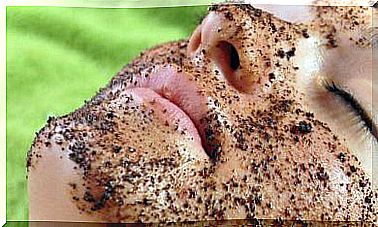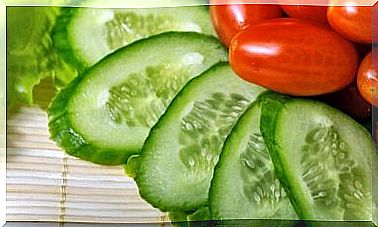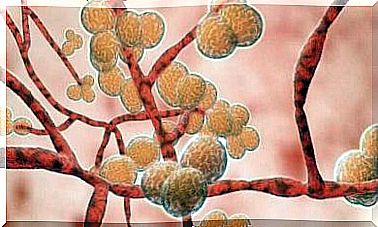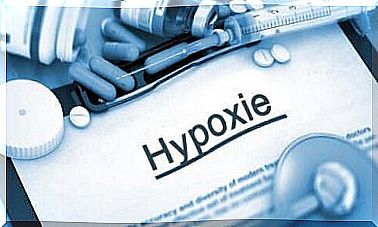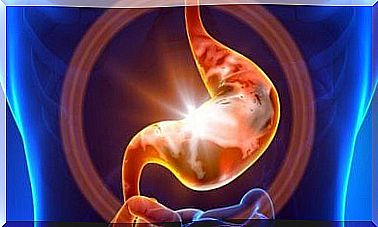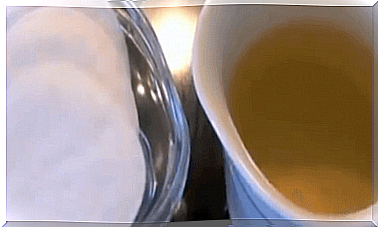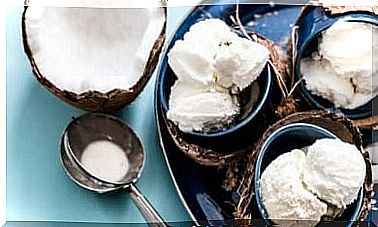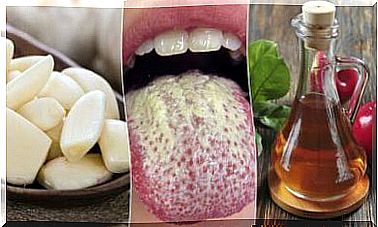The Anatomy Of Our Back Muscles
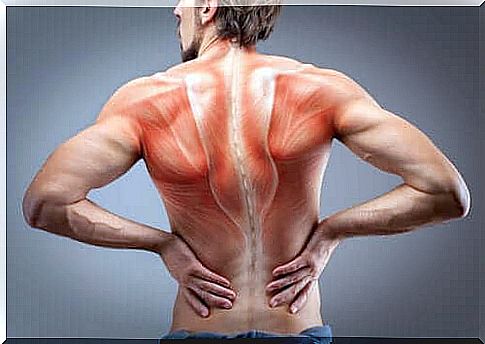
The anatomy of the back is interesting, especially when it comes to our back muscles in the area between the shoulders. So, in this article, we’ll take a look at some of the most important muscles in the back and what they do.
The back
In general, we can divide the back into two areas:
- Thoracic area: This is the upper part of the back that connects to the upper limb thoracic organs, such as the lungs and heart.
- Lumbar area: This is the lower part of the back, below the chest, which is connected to the lumbar spine and the abdominal organs, such as the liver and intestines.
The anatomy of our back muscles basically defines their functions based on the location they occupy in the human body and the other structures to which they are connected. These muscles determine body position and also regulate the three basic movements of the trunk:
- flexion
- rotation
- extension
These moves are a common subject of study in occupational medicine because of common workplace injuries.
The back muscles also contribute to the protection of the organs of the chest and abdomen and are part of the walls that insulate them from the outside. Some of these muscles, usually the smallest, are also part of the upper limb mobilization mechanism.
We will not describe all the back muscles in this article, but we will show an overview of the most relevant. We divide them into three areas, based on the depth in which they are located. So let’s look at the deep, intermediate and superficial muscles.
The anatomy of our back muscles: the deep plane
These are the muscles furthest from the surface, closer to the internal organs and spine. As a general group, they extend from the neck to the sacrum and fulfill an elementary and fundamental role: controlling the posture of the whole body.
Let’s take a closer look at some of them.
Muscles around the spine
These muscles run along the entire spine, between the vertebral processes and transverse processes of the vertebrae. Scientific studies in recent years have discovered how bad positions at work can affect them badly. There are two kinds:
- The interspinal ligament binds the vertebral processes of several vertebrae. It is a spinal extension.
- The transverse ligament does the same with the transverse processes. It is responsible for lateral movements.
Sacrolumbar Ligaments
These connect the pelvis to the spine and also reach some cervical vertebrae. They can elongate the spine and also play a very important role in tilting the torso to the sides.
Serratus muscle
These come in two varieties: the cranial serrato or posterosuperior serrato and the caudal or posterior inferior serrato. They participate in the breathing dynamics and help the chest when inhaling and exhaling. They also originate in the spine and are inserted between the ribs.
Intermediate back muscles
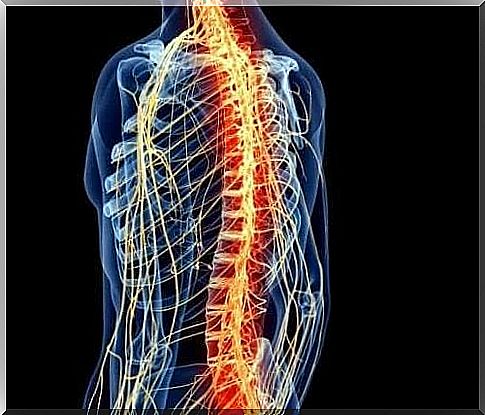
We can summarize the function of this muscle group as the functions that regulate the movements of the shoulder blade. They are therefore directly connected to the bone we know as the shoulder blade.
This bone has a pseudo articulation with the rib cage. Some therefore call it a ‘false joint’ because it is not built up like the other joints. Instead, it’s a bone surface (the scapula) on top of muscles (the serratos). We find here two interesting muscles.
Angle of the shoulder blade
This is the ‘lift’ of the shoulder blade and can also be classified as an upper limb muscle because of the purpose it serves. It originates in the shoulder blade and goes up to the cervical vertebrae.
The large rhomboid muscle or rhomboideus major muscle
When this muscle contracts, it brings the shoulder blade toward the spine with an adduction motion. This muscle also communicates with the shoulder blade through the column of the spacers. It gets its name from the diamond shape it has.
The anatomy of our back muscles: the superficial part
This is the best known group as they are related to bodybuilding and aesthetics. A good development of these back muscles generates a characteristic figure in regular sports.
However, they have an importance that is far from aesthetic as far as their function is concerned. The muscles in this area are actively involved in the movements of the shoulder joint.
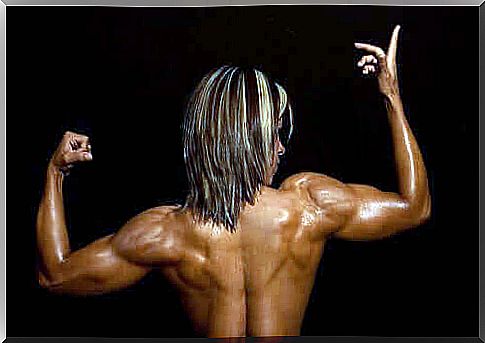
These are the two most relevant muscles of this group.
Monkscap muscle or trapezius muscle
This is one of the largest muscles that consists of three parts that are connected to each other. It connects to the occipital bone of the skull, the cervical vertebrae, the collarbone, the dorsal vertebrae and the shoulder blade. They have several functions:
- Shoulder abduction
- The movement of the shoulder blade towards the spine
- The downward slope of the shoulder blade
Broad back muscle
This muscle begins its journey in the last vertebrae and in the part of the body that forms the last three ribs. The muscle is thin, almost flat and triangular in shape. When the arm acts as a fixed point, it lifts the torso. We hope you enjoyed learning a little more about your body and your muscles!
